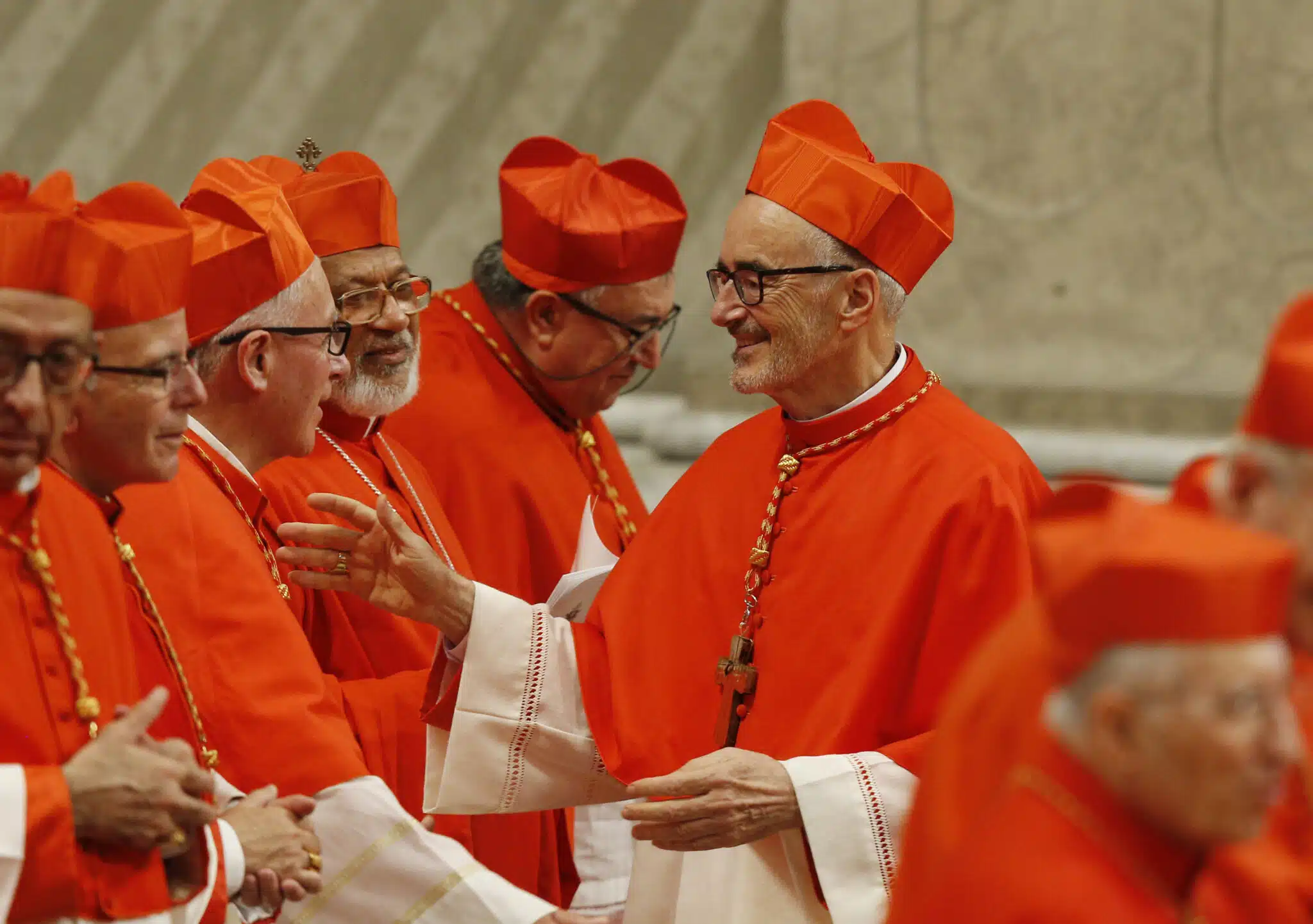Q: When and how did the College of Cardinals come into existence? How long has this group been responsible for electing the pope?
A: Cardinals as we know them evolved from a group of Roman deacons, priests and several bishops near Rome who were the pope’s closest advisors. In 1150, Pope Eugene III gave this group a dean and a subdean; 29 years later the election of the bishop of Rome was reserved to this group.
In 1586, Pope Sixtus V set their number at 70; Pope John XXIII raised that number and decided that cardinals must be bishops. The 1918 Code of Canon Law said that cardinals must be clerics; the 1983 Code says that they must be bishops (Canon 351:1). The reason for this is that cardinals are electing the pope as head of the College of Bishops.
In 1970, Pope Paul VI decreed that when they turn 80 cardinals lose the right to vote for a pope or to serve in the Holy See’s offices. Three years later he set 120 as the maximum number of voters in a papal election. That regulation is still in effect.
Starting in the 12th century, cardinals outside Italy began to be appointed. After 1973, cardinals over the age of 80 when appointed could decline becoming bishops, as the late Cardinal Avery Dulles, S.J., did.








